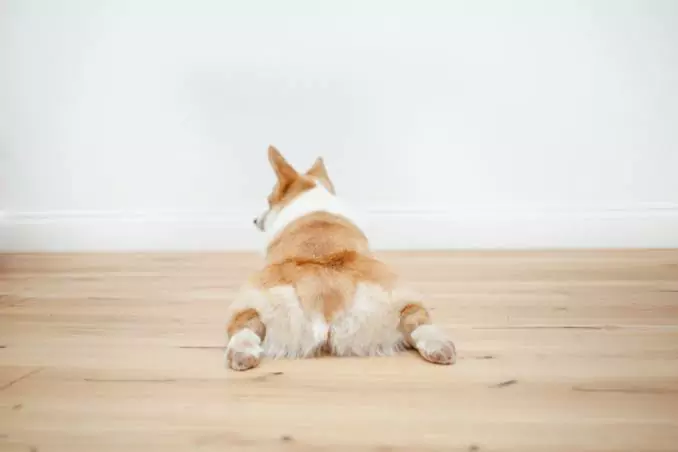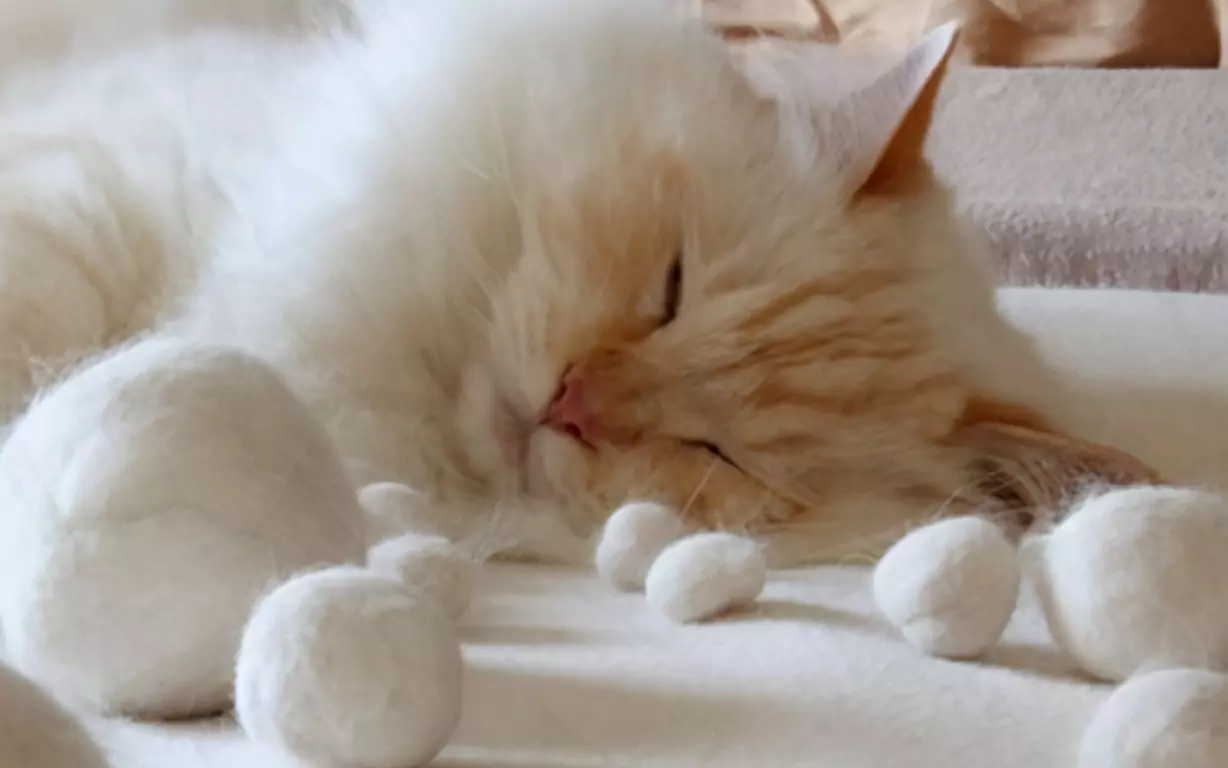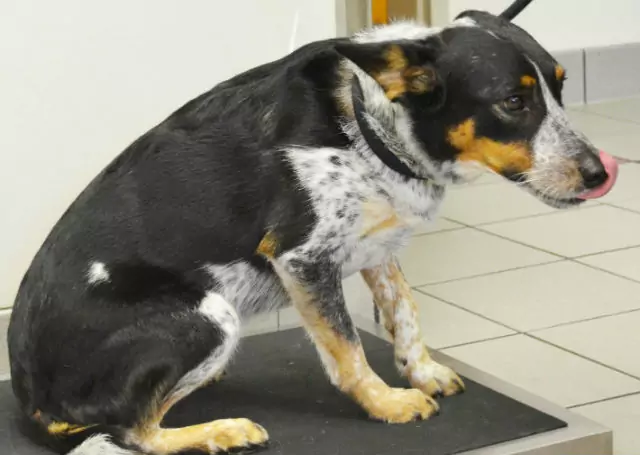How to give medication to cats? How to give medication to cats easily
2022-07-01
How to give medicine to cats
Many cats will spit out their medication or refuse to take it. But sometimes you have to give your cat medication, such as deworming medication, etc. The following shares some ways to give your cat medication.
I: Read the drug instructions carefully
1. Read the instructions for use carefully. Be sure to follow the medication instructions on the medication box. The time, dosage and frequency of each medication should be strictly followed. If you have questions about the procedure for feeding medication, you can consult your veterinarian before using it.
2, slow-release medication must keep it intact. Slow-release drug is after taking the drug, the drug to slowly release the active ingredients within a few hours, if the slow-release drug is crushed before taking, it will affect the effectiveness of the drug, be sure to follow the veterinarian's instructions for medication.
3, check whether the drug needs to be taken on an empty stomach. Some drugs require to be taken on an empty stomach, in which case the cat should first be given no food for a few hours in advance to avoid it having eaten food before the time when it is due to take the drug, which indirectly affects the efficacy of the drug, and then feed the cat at the designated time after taking the drug.
How to give medicine to your cat easily? Follow these 6 steps
II: Restrict the cat's movement
1. Lay the bath towel on the table or countertop. Lay the bath towel or sheet flat on a table or countertop at the right height to make it easy for you to give your cat its medication. Laying the bath towel or bed sheet can prevent the cat from scurrying on the table or countertop, and also allow the cat to lie down more comfortably.
2. Wrap the cat in a large towel. If your cat scratches when you are nervous, it is best to wrap it in a large towel. Start by spreading a large towel out on the table, place the cat gently on it, and start wrapping the cat into the towel around the neck, keeping the cat's body close as the paws are wrapped into the towel, which will ensure that the cat's head is exposed and easy to feed. Sort of like swaddling a baby to be wrapped in a blanket. The cat's four gums are close to the body and the paws are safely restrained so that it has no way to scratch.
3. Place the towel-wrapped cat on the table. If you do not operate well with one hand, you can find a helper and ask a friend or family member to help you hold the cat wrapped in the towel, and then it will be much easier for you to feed the medicine with both hands.
4. Kneeling to control the cat. If you are the only one to do this, you can choose to kneel on the floor, put the towel-wrapped cat between your thighs, so that the cat's head is facing the direction of your knees, pinning the cat with your legs (be careful not to push too hard, if the cat hurts, it will struggle hard, can be fixed as strong as possible), make sure you can use all your hands to feed the medicine, do not need to use your hands to stabilize the cat.
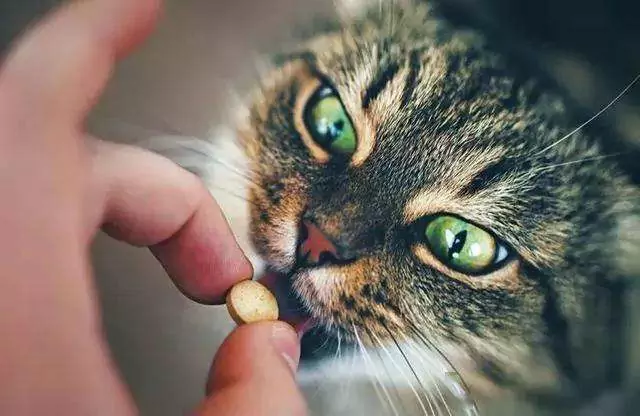
3: How to make your cat open its mouth
1. Lift the cat's head upwards. Now that you have the cat under control, prepare to start feeding the medicine by holding the cat's head in the hand you don't use often and then holding the medicine in your usual hand to feed it.
2. Place your index finger and thumb on the cat's forehead. Open the thumb and index finger of your left hand and arrange them in a U-like shape against the cat's forehead, with the fingers along the cheekbone against the side of the cat's face.
3. Press the tip of the index finger and thumb against the cat's upper lip. Press the cat's upper lip with the thumb and index fingertips. The thumb should rest against one side of the cat's sinus, while the index fingertips lift the other side to lift the cat's head upward, with the nose facing the ceiling, and the cat's jaw will open slightly.
4. Use the fingertip of the thumb to reach into the cat's mouth and keep the cat's mouth open. When the cat's jaw is slightly open, stick the tip of your thumb into its mouth so that the cat's lips are between your finger and its own teeth. When the cat feels its lips against its teeth, it will naturally open its mouth to avoid biting its own mouth, and if it is feeding the medicine with a syringe, then the cat's mouth only needs to be slightly open. A little.
IV: Feeding medicine
1. Pinch the pill with the index finger and thumb of the usual hand.
2. Use the index finger of the other hand to make the cat open its mouth. Place the tip of the index finger of the other hand on the cat's chin, against the lower row between the two sharp teeth. Press down gently and its mouth will open completely.
3. Put the pill into the cat's mouth. The pill should be placed as deep as possible at the base of the tongue, because if it is placed deep enough, the cat wants to spit it out, the tongue muscles will contract to push the pill into the throat and it will not be easy to spit it out. If the pill is placed on the tip of the tongue, use your fingers to push the pill inward to the root of the tongue, being careful not to be too rough, which will cause the cat vomiting discomfort.
4. Loosen the cat's mouth. After putting the pill into the cat's mouth, make sure that the cat swallows the medicine. After you have placed the pill in the appropriate place in the cat's mouth, release the finger against the cat's mouth and let the cat close its mouth smoothly. If you are not sure whether the pill is placed deep enough, squeeze the cat's mouth with your hand and do not let the cat open its mouth to know that it swallows the medicine completely.
5. Blow gently into the cat's nostrils. Some cats are stubborn and will be reluctant to swallow the medicine. If this is the case, you can gently blow into its nostrils to stimulate the gag reflex. It will make a loud noise when swallowing. Loosen its mouth and check if it spits out the medicine
6. Give the cat some water after feeding the medicine. After the cat has successfully swallowed the pill, give it some water to drink and eat something along the way. This will ensure that the pill goes all the way down the esophagus and into the stomach.
7. If necessary, you can use a pill feeder. If you don't want to put your fingers in your cat's mouth, consider using a pill feeder, which has a plastic grip to hold the pill. Put the pill into the feeder. Open the cat's mouth. Very gently extend the end of the feeder deep into the cat's mouth.
Press down on the plunger and push out the tablet held by the gripper. The tablet will fall downward into the cat's throat.
V: Feeding the medicine
1. Open the mouth of the tracing. If you are feeding the medicine, the mouth does not need to be fully open, as long as you can stick the syringe in. Do not tilt the cat's head backwards. This way the medicine can easily enter the trachea.
2. Extend the nozzle of the syringe to the space between the cheek and the teeth, which is the inside of the cheek. The nozzle goes over the teeth and rests against the inside of the cheek on one side.
3. Slowly depress the plunger to release the medicine. Let the medicine flow into the cat's mouth, stopping from time to time so that the cat can swallow the medicine comfortably and regularly.
If you are using a ball syringe, then slowly and gently squeeze the rubber ball to release the drops into the cat's mouth. Release slowly and stop from time to time to allow it to swallow.
4. Do not fill up the medicine. The most important thing is not to fill the cat's mouth to the brim, you should wait until it swallows a large mouthful of water before continuing to feed. If you pour too much medicine into the cat's mouth at once, it may gasp and inhale the medicine into its lungs. This can cause serious consequences, including pneumonia.
5. Remove the emptied syringe. After feeding all the drops into the cat's mouth, remove the syringe and let the cat close its mouth. If the cat struggles, you may need to feed the drops in two separate doses.
VI: Hide the pills in the food
1. Do not start the cat to eat a few hours before feeding the medicine. Some medicines are especially formulated for cats and are very small and easier to hide in food. Do not give the cat food several hours before feeding, so that it will feel very hungry when it comes time to take the medicine.
2. Hide the tablets in the wet food. Give the cat a quarter of the usual amount first and hide the medicine inside the food. When it finishes eating, then give it the rest of the food.
You may want to prepare its favorite snack so that it will be more willing to eat the food. Hide the medicine in the snack and put it on the plate with the food.
3. Use feeding snacks. These tasty snacks have a beginning for you to stuff the medicine in, just like filling a doughnut with jam. These tasty snacks will mask the taste of the pill and the cat will happily swallow it.
Medication feeding snacks come in a variety of flavors and are available at veterinary clinics or local pet stores.
Can cats with stress reactions to urinate blood heal themselves
Blood in urine from stress in cats does not heal on its own. Stressful stimuli in cats are an important cause of cat blood in urine. 80% of cat blood in urine is caused by environmental stressful stimuli, such as shock and heat. Therefore, it is best for pet owners not to scare their cats in daily life, especially when they are defecating.
Treatment
If the cat shows symptoms of blood in urine, the pet owner needs to take the cat to the vet for examination to avoid causing the cat to urinate closed, which can easily cause kidney failure and hyperkalemia, which is very dangerous to the cat. Generally speaking, causing cats to urinate blood is associated with cats not being de-sexed and reproductive system infection, which is common in male cats, while female cats are generally in heat and may rarely have blood in their urine.
Precautions
If the cat is ideal and appears healthy after surgery, the pet owner can help the cat maintain normal urinary system function. If the cat has a urinary tract infection, it can also be combined with peanuts for anti-inflammatory purposes. In addition, when the weather is cold, the cat's bladder tends to form magnesium phosphate crystals, which can easily block the urethra, so it is important to keep warm in winter. Cat urine blood loss, pet owners need to consider whether the cat's regular diet is healthy If the cat drinks less water, the long-term intake of food with high magnesium content, it is easy to cause urinary stones, resulting in blood in the urine. So cats need to drink more water, pet owners can put the sink in many places in the house, always prepare a circulating water fountain to attract cats to drink water, and the diet should be light.
Was this article helpful to you?
Other links in this article
Deutsch:
Wie kann man Katzen Medikamente verabreichen? Wie gibt man Katzen ganz einfach Medikamente?
Français:
Comment donner des médicaments aux chats ? Comment donner facilement des médicaments aux chats
português (Brasil):
Como dar medicamentos aos gatos? Como dar medicação aos gatos facilmente
中文简体:
如何给猫吃药?如何轻松地给猫咪吃药
中文繁体:
如何給貓吃藥?如何輕松地給貓咪吃藥
Comments
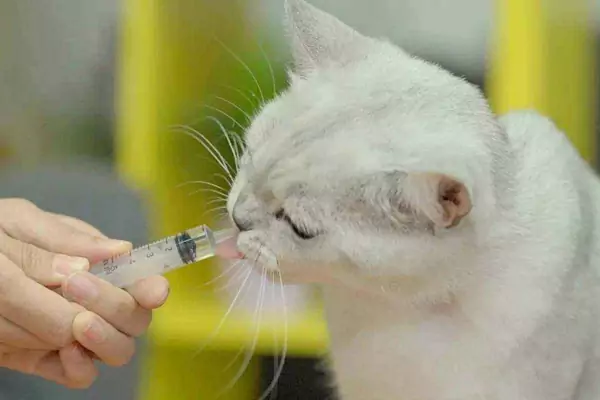
How do I get my cat to take medication?

How long can cats live? Symptoms of cats before they die
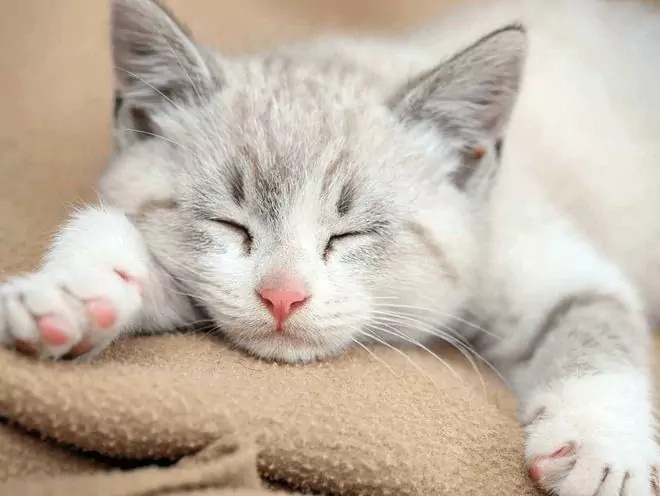
Do cats get colds? What is a cat's cold?

Why do cats sneeze? What are the reasons why cats sneeze?
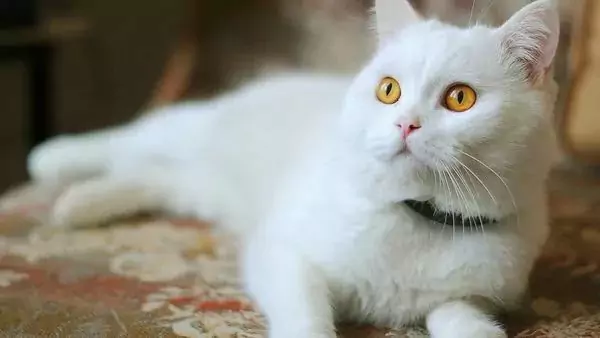
How to get rid of fleas on cats naturally? Why do cats have fleas on their bodies?
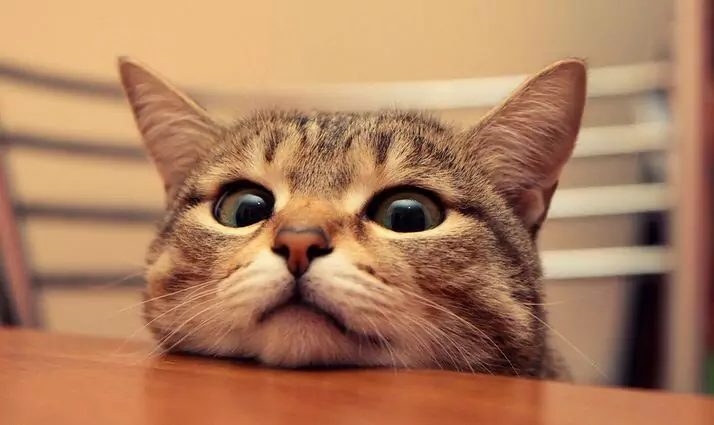
How to check for ear mites in cats
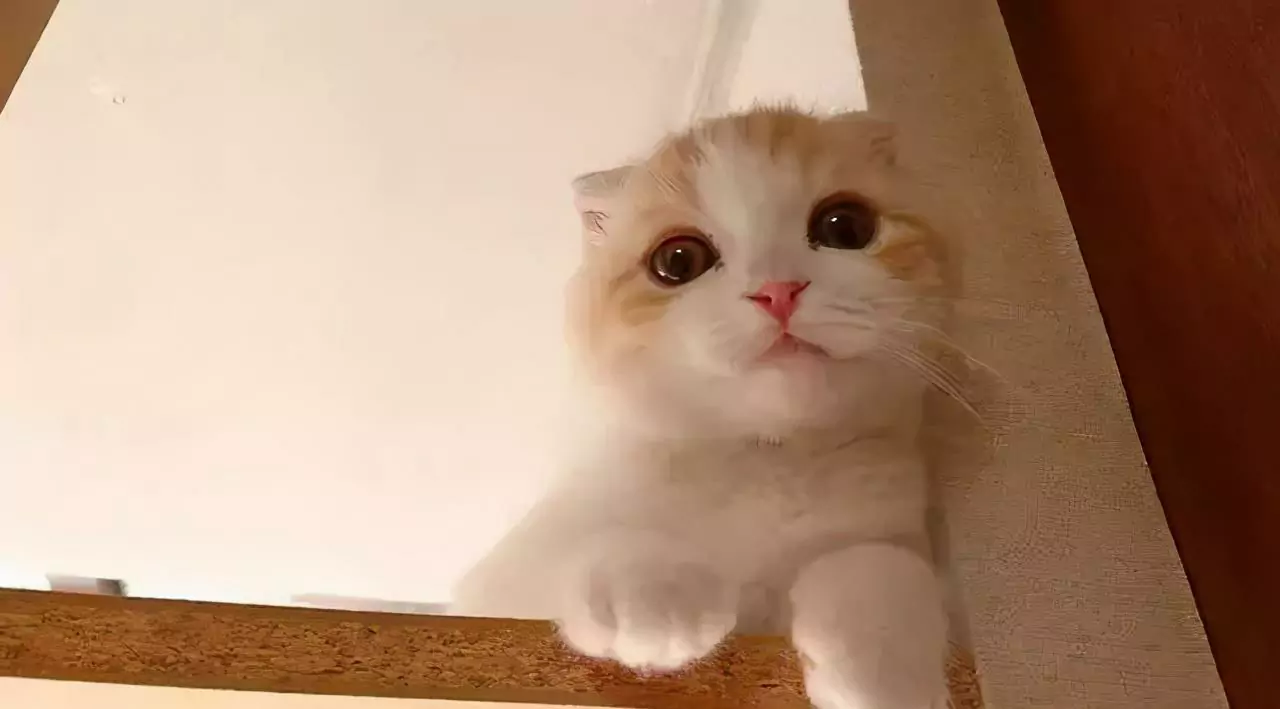
Why do cats vomit? Judging cats based on vomiting
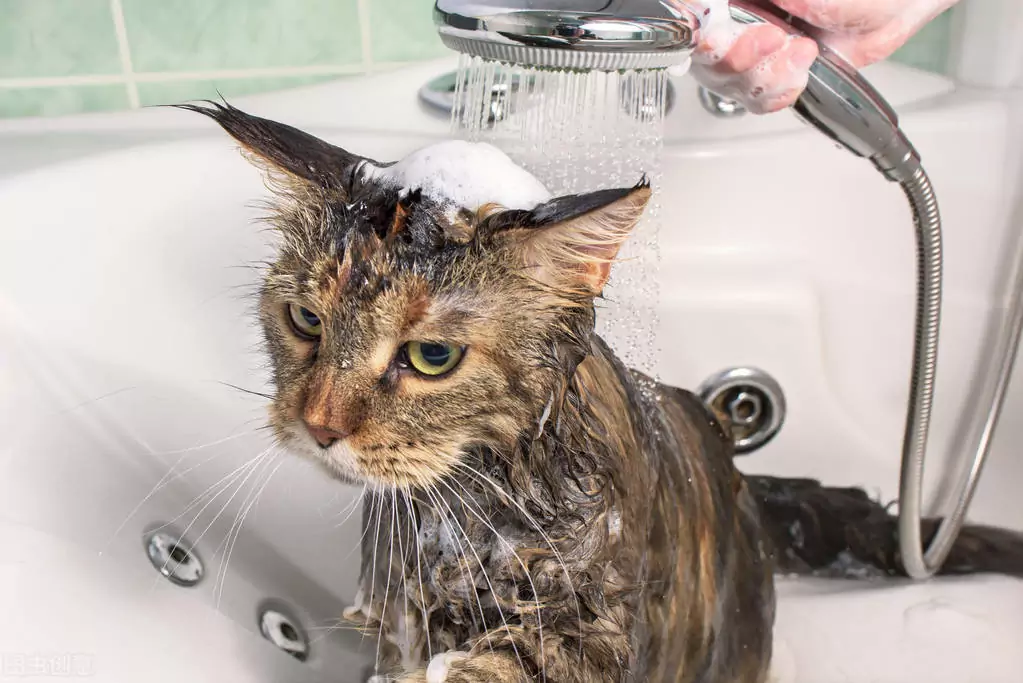
How do get rid of fleas on cats? How can I tell when I have fleas on my cat? How to prevent fleas?
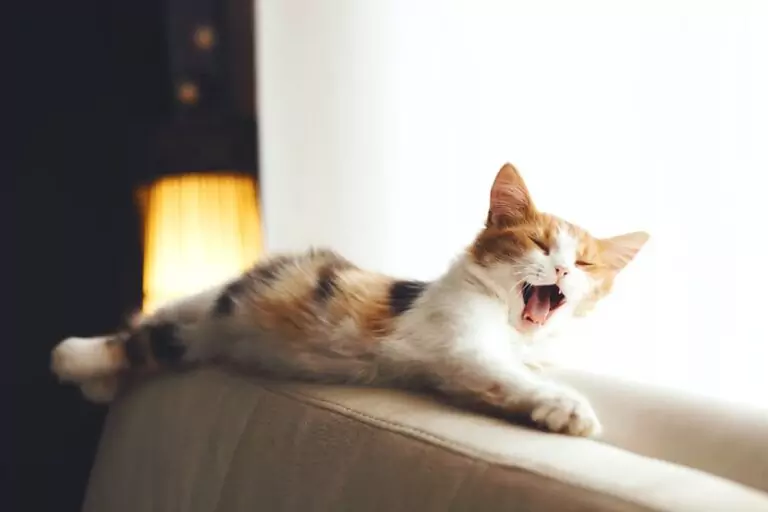
Why does my cat cough
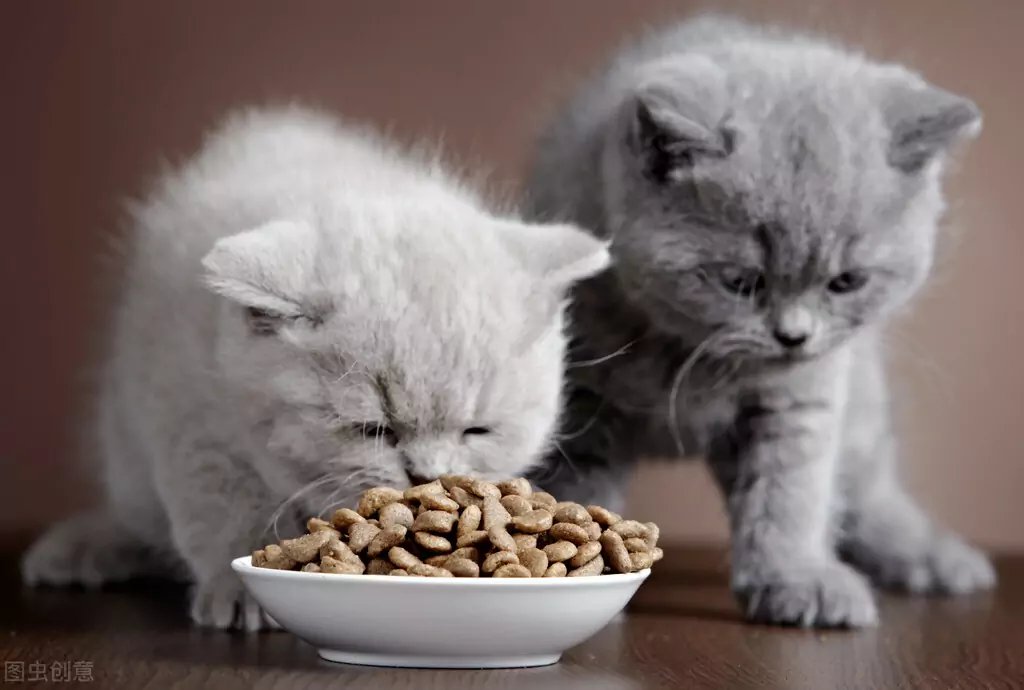
Why does my cat vomit undigested food? Causes of vomiting in cats





